Disclosure: This article contains affiliate links. We may earn a commission from purchases at no extra cost to you, which helps our travel content.
The first time I stepped into Barcelona with my son Theo, I had the classic animator's dilemma – how do you look beyond the main character when they're as scene-stealing as Antoni Gaudí? His fantastical buildings are like something straight out of a dreamscape storyboard, curves and colors that defy the rigid lines of conventional architecture. But Barcelona's artistic soul runs much deeper than its most famous architect. After seven visits to this Mediterranean masterpiece (three solo, four with Theo), I've come to appreciate that Gaudí is just one vibrant brushstroke on a canvas that's been accumulating layers for over two millennia. This fall, I returned for a week-long deep dive into Barcelona's lesser-known artistic treasures – the background artists, if you will, who deserve their moment in the spotlight. Grab your sketchbook and comfortable shoes as we explore the artistic heritage that makes Barcelona not just Gaudí's city, but a living museum where every corner tells a different creative story.
El Raval: Where Street Art Meets Cultural Renaissance
El Raval wasn't always on the tourist map. When I first visited Barcelona fifteen years ago, guidebooks warned about this neighborhood's rough edges. Today, it's undergone what animators would call a complete character redesign – still edgy, but now in all the right ways.
Theodore and I spent our first morning getting lost in El Raval's narrow streets, where every wall tells a story. The neighborhood has become Barcelona's unofficial open-air gallery, with murals that range from politically charged statements to whimsical fantasies that would make any concept artist proud.
'Dad, that one looks like your storyboards when you've had too much coffee,' Theo pointed out, gesturing to a particularly chaotic piece on Carrer de Joaquín Costa. He wasn't wrong.
The MACBA (Museum of Contemporary Art) anchors the neighborhood with its stark white façade – a blank canvas amid the color explosion around it. Inside, the rotating exhibitions showcase Catalan artists alongside international names. But the real show might be outside, where skateboarders perform their own artistic choreography on the museum plaza.
For lunch, we ducked into El Jardí, a hidden courtyard restaurant where we feasted on patatas bravas and fresh seafood while surrounded by climbing vines and vintage posters. The contrast between the bustling streets and this quiet oasis reminded me of those perfect transition scenes in animation – the moment where the character steps from chaos into clarity.
'This neighborhood feels like it's still rendering,' I told Theo as we wandered past a workshop where an artist was restoring vintage signs. 'The final version isn't set yet.'
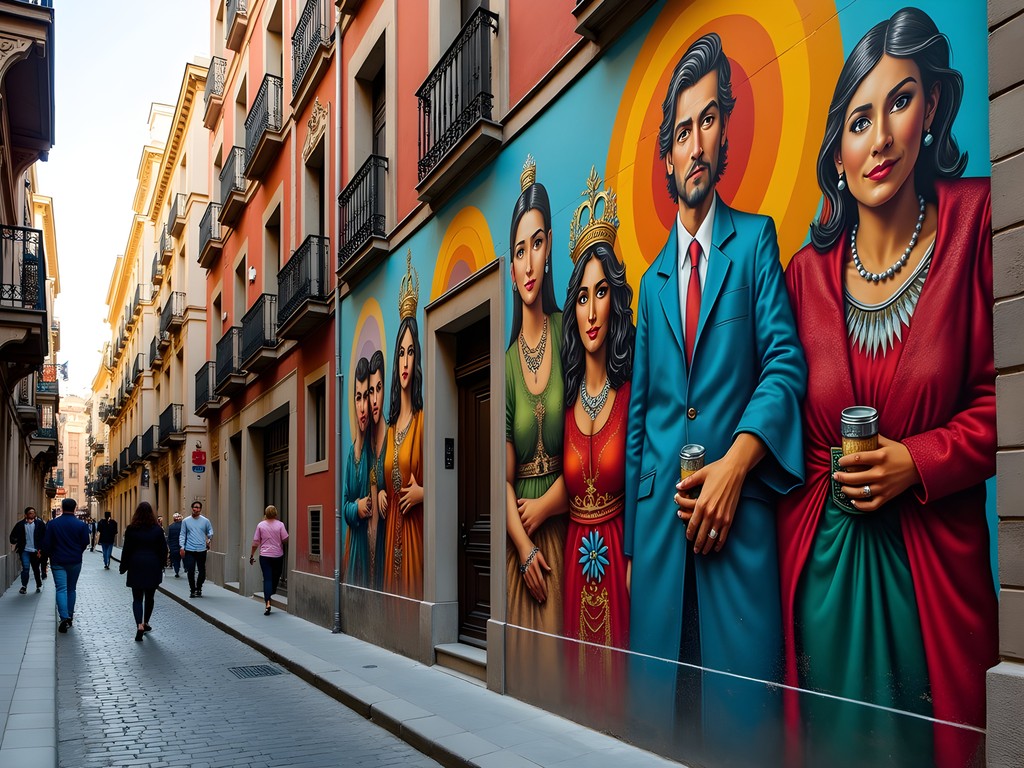
💡 Pro Tips
- Visit MACBA on a weekend afternoon to catch local skaters performing impressive tricks in the plaza
- Check out the street art around Carrer de la Lluna and Carrer de Joaquín Costa for the best murals
- Stop by the Centre de Cultura Contemporània de Barcelona (CCCB) for thought-provoking exhibitions that often showcase local talent
Gothic Quarter: Tracing Medieval Artistic Roots
If El Raval is Barcelona's work-in-progress, the Gothic Quarter is its masterfully preserved establishing shot. Walking through these medieval streets feels like stepping through a time portal – something I've animated dozens of times but never gets old experiencing in real life.
'It's like we're extras in Game of Thrones,' Theo whispered as we entered the cloisters of the Barcelona Cathedral. The 14th-century Gothic architecture creates frames within frames – archways that direct your eye like a meticulously composed shot.
We spent an entire afternoon in the Barcelona City History Museum (MUHBA), where you can literally descend through layers of time to see Roman ruins beneath the medieval city. As someone who's worked on period pieces, I appreciated how the museum uses projection mapping and interactive displays to bring these ancient artists and craftsmen to life.
My animation background gave me a new appreciation for the stone carvers who created the grotesques and gargoyles that peer down from the Quarter's buildings. These medieval character designers had a wicked sense of humor – pointing out a particularly mischievous-looking creature to Theo earned me an eye roll and his standard 'Dad, you're such a nerd' response.
For capturing these architectural details, I relied on my travel camera. Its zoom lens and excellent low-light performance were perfect for shooting the intricate stonework in the Quarter's shadowy corners.
Don't miss Plaça del Pi, especially on the first and third weekend of each month when local artists display their works in the square. I picked up a beautiful ink drawing of the cathedral that now hangs in my animation studio back home.

💡 Pro Tips
- Visit the Gothic Quarter early morning or late evening to avoid crowds and capture the best light for photography
- Look up! The most interesting architectural details are often above eye level
- Purchase the combined ticket for MUHBA sites to access multiple historical locations throughout the city
Poble Espanyol: Spain's Artistic Heritage in Miniature
Imagine if someone created a 'greatest hits' compilation of Spanish architecture and craftsmanship, then built it all in one place. That's Poble Espanyol – an open-air architectural museum originally constructed for the 1929 International Exhibition.
'This is like your reference library come to life,' Theo observed as we wandered through replicas of buildings from every Spanish region. He knows how I collect visual references before starting any animation project.
What makes Poble Espanyol special isn't just the buildings – it's the working artisans. We watched glassblowers transform molten blobs into delicate vases, their movements as choreographed as any animation sequence. A leather worker invited Theo to stamp his own bracelet, walking him through the process with patience that transcended their language barrier.
'Dad, this is way better than just looking at stuff in a museum,' Theo declared, proudly wearing his handmade souvenir.
The village houses over 40 craft workshops, from ceramics to basketweaving. For anyone interested in traditional Spanish crafts, I'd recommend bringing along a travel journal to sketch techniques and jot down observations. I filled half of mine with notes about a woodcarver's tool selection and workflow.
We timed our visit for late afternoon when the crowds thin out and the light turns golden, casting long shadows across the plazas. This is when Poble Espanyol transforms from tourist attraction to something more magical – a place where Spain's artistic traditions don't just survive but thrive.
For dinner, we ate at La Font de Prades, a restaurant serving Catalan cuisine in a building modeled after a traditional farmhouse. The crema catalana (Spain's answer to crème brûlée) prompted Theo to declare it 'the best dessert in Europe so far' – high praise from my sugar-obsessed teenager.
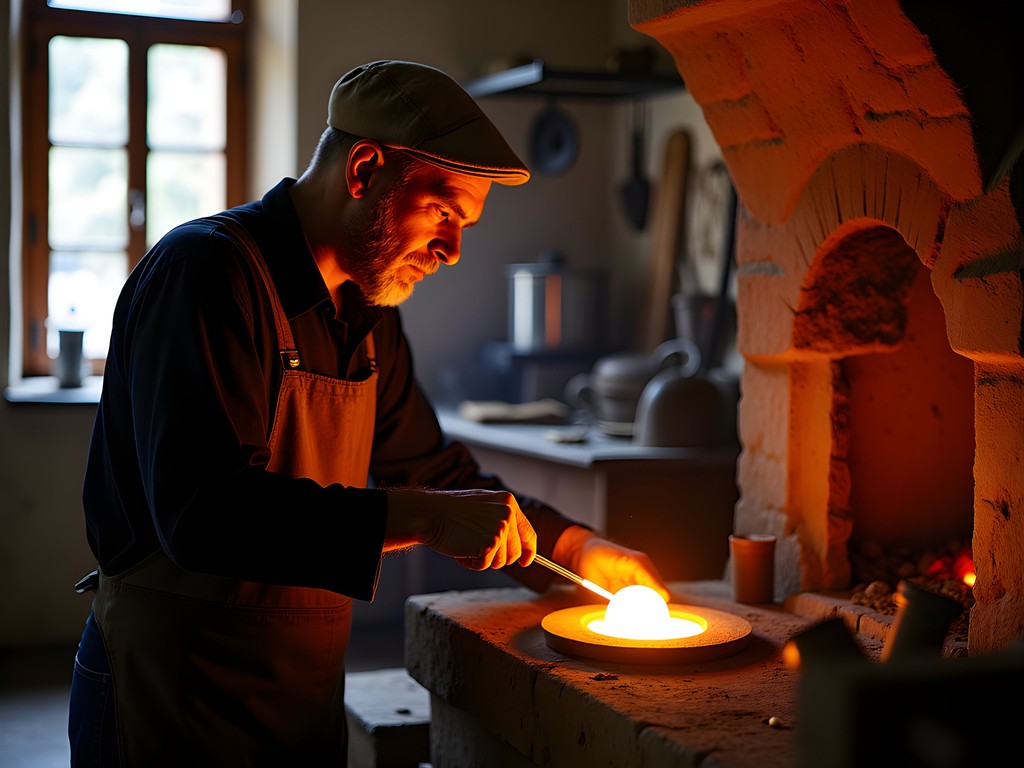
💡 Pro Tips
- Visit later in the day (after 4pm) when tour groups have departed and you can interact more personally with artisans
- Check the workshop schedule online before visiting to catch demonstrations of particular crafts you're interested in
- Purchase the combined ticket with MNAC (National Art Museum of Catalonia) for savings if you plan to visit both
Camp Nou: Where Sports Meets Artistic Expression
You might wonder what a sports stadium is doing in a blog about Barcelona's artistic heritage. But as someone who's visited iconic venues from Yankee Stadium to Maracanã, I can tell you – Camp Nou belongs in the conversation about Barcelona's cultural treasures.
FC Barcelona is more than a football club; it's a canvas for collective expression. The team's playing style under coaches like Johan Cruyff and Pep Guardiola has often been described as artistic – 'total football' as performance art.
'It's like they're animating with their feet,' I explained to Theo as we toured the stadium museum, watching footage of Messi, Iniesta, and Xavi weaving their passing triangles. 'See how they create space and rhythm? That's composition and timing – the same principles I use in animation.'
The Camp Nou Experience tour takes you through the visitor's changing room, tunnel, pitch side, and press boxes. For capturing the vastness of the 99,000-seat stadium, I relied on my smartphone gimbal to create smooth panning shots that conveyed the stadium's scale.
What surprised me most was the stadium's collection of contemporary art – sculptures, paintings, and installations by Catalan artists that celebrate the club's heritage. The museum section houses works by Joan Miró and Antoni Tàpies alongside historic jerseys and trophies.
The club's motto – 'Més que un club' (More than a club) – reflects its significance to Catalan identity. During Franco's dictatorship, Camp Nou was one of the few places where Catalan language could be spoken freely. The stadium became a canvas for cultural resistance.
'So it's like when you sneak messages into your animations that the studio execs don't catch?' Theo asked, referring to my habit of hiding personal references in background details.
'Exactly,' I laughed. 'But with much higher stakes.'
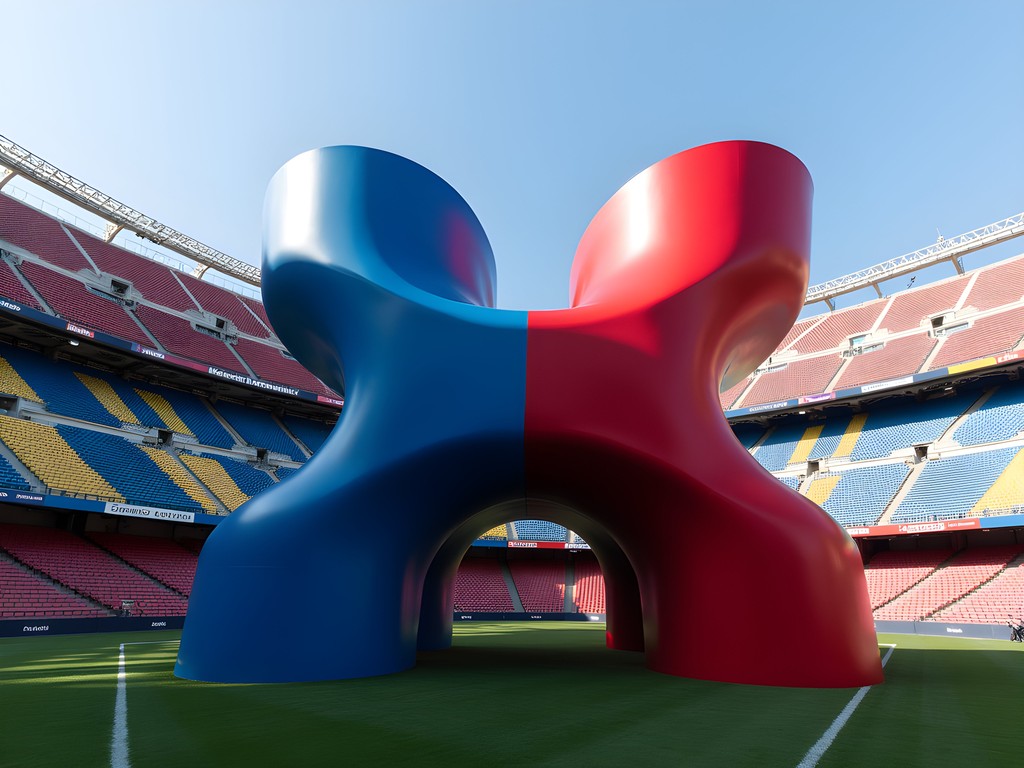
💡 Pro Tips
- Book the Camp Nou Experience tour online in advance to avoid long lines and get your preferred time slot
- Visit on non-match days for the most comprehensive tour experience
- Don't miss the multimedia area where you can immerse yourself in the sounds of 99,000 fans
Poblenou: Industrial Heritage Transformed Through Street Art
If you've watched enough movies, you know the most interesting character development often happens in unlikely places. That's Poblenou – Barcelona's former industrial district now reinventing itself as a creative hub.
Theodore and I dedicated our final day to exploring this neighborhood in transition. Once known as the 'Catalan Manchester' for its textile factories, Poblenou now houses design studios, tech startups, and some of the city's most ambitious street art.
'This reminds me of your studio building back home,' Theo noted as we explored Palo Alto Market, a former factory complex now filled with artisan workshops and weekend markets. He wasn't wrong – creative people have a talent for finding beauty in industrial spaces.
The highlight of Poblenou is undoubtedly its street art scene. Unlike the more tourist-friendly murals in the city center, these works sprawl across abandoned factory walls and construction barriers – raw, unfiltered creative expression.
We joined a street art walking tour led by a local artist named Marc who showed us works by both international stars and local talents. For photographing these massive murals, my wide angle lens attachment for my smartphone proved invaluable, capturing the scale and context of these massive works.
'Animation and street art have a lot in common,' I told Theo as we watched an artist working on a new piece. 'Both started as outsider art forms that eventually gained mainstream recognition.'
Poblenou's transformation is still underway – gentrification bumping against gritty authenticity in a fascinating dialogue. We ended our exploration at Espacio Trafalgar, a former textile factory now hosting exhibitions and performances by emerging artists.
Over dinner at Els Pescadors, a century-old seafood restaurant that's witnessed the neighborhood's entire evolution, Theo and I discussed how cities are like living animations – constantly in motion, frames changing imperceptibly until suddenly, you notice everything has transformed.

💡 Pro Tips
- Take the street art tour with Barcelona Street Style Tour for insider knowledge on the artists and their techniques
- Visit the @22 district to see how tech companies and artists are collaborating in shared spaces
- Check out Espacio Trafalgar's event calendar for exhibitions by emerging local artists
Barcelona's Artistic Festivals: Timing Your Visit
One animation principle I've always applied to travel is timing – knowing when to hit the pause button and when to let the action flow. In Barcelona, timing your visit to coincide with the city's artistic festivals can transform your experience from tourist slideshow to immersive masterpiece.
La Mercè in late September tops my list. This annual festival honors Barcelona's patron saint with a creative explosion across the city. The highlight for me and Theo was always the 'correfoc' (fire run), where devils and dragons parade through streets spitting fireworks – a spectacle that makes Disney's Fantasmic show look tame by comparison.
'It's like they don't have safety regulations,' Theo whispered in awe during our first Mercè, as sparks showered around us. I'd brought our travel insurance up to date before that particular adventure.
If you're visiting in June, Sónar Festival combines music, technology and creativity in what they call 'advanced music and multimedia art.' Even if electronic music isn't your scene, the installations and digital art exhibitions are worth experiencing.
For traditional arts, plan around Corpus Christi (usually in June) when the 'ou com balla' tradition sees eggs 'dancing' atop fountain jets in the Gothic Quarter's courtyards and cloisters. It's a simple yet mesmerizing display that's continued for centuries.
Primavera Sound in late May/early June has grown from an alternative music festival to a cultural phenomenon that draws artists and creators from around the world. The festival's design and art installations are almost as impressive as its musical lineup.
'These festivals remind me of your animation team parties,' Theo observed during one particularly colorful celebration, 'except with better food and less complaining about rendering times.'

💡 Pro Tips
- Book accommodations far in advance if visiting during major festivals like La Mercè or Primavera Sound
- Check the city's official cultural calendar before planning your trip to align with festivals that match your interests
- For La Mercè, don't miss the projection mapping shows on city buildings – they showcase some of the most innovative digital artists in Europe
Final Thoughts
As our week in Barcelona drew to a close, Theo and I sat on the steps of MNAC, watching the sunset paint the city in hues that would make any color stylist jealous. 'Dad,' he said, 'I get why you keep bringing us back here. It's like the whole city is one big art project.' He was right. Beyond Gaudí's undeniable genius lies a Barcelona that continues to create and reinvent itself – from medieval stone carvers to contemporary street artists, from traditional craftspeople to digital innovators. The city doesn't just preserve its artistic heritage; it actively builds upon it with each generation adding their own frames to this ongoing animation. Whether you're drawn to ancient techniques or cutting-edge expression, Barcelona offers a masterclass in creative evolution. Just remember to look beyond the headline attractions. Sometimes the most meaningful artistic experiences happen in the in-between spaces – those background details that, to the careful observer, reveal the true soul of a place.
✨ Key Takeaways
- Barcelona's artistic heritage extends far beyond Gaudí, encompassing everything from medieval crafts to contemporary street art
- Timing your visit to coincide with cultural festivals can provide deeper insight into the city's creative traditions
- Neighborhoods like El Raval and Poblenou offer authentic artistic experiences away from tourist crowds
- The city's sports culture, especially around FC Barcelona, represents an important form of collective artistic expression
📋 Practical Information
Best Time to Visit
Spring (April-June) or Fall (September-November)
Budget Estimate
$100-150 per day excluding accommodations
Recommended Duration
5-7 days
Difficulty Level
Moderate
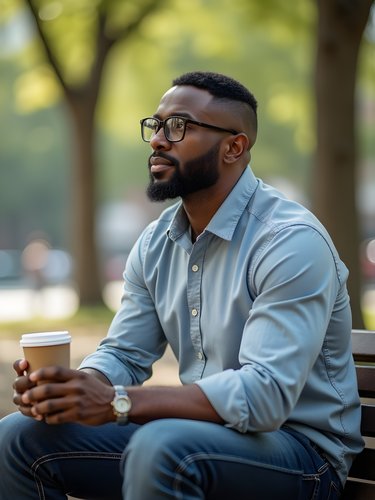

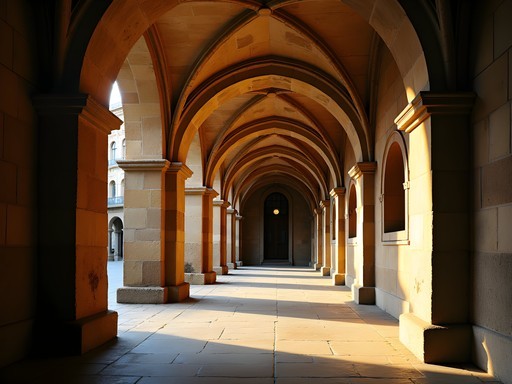
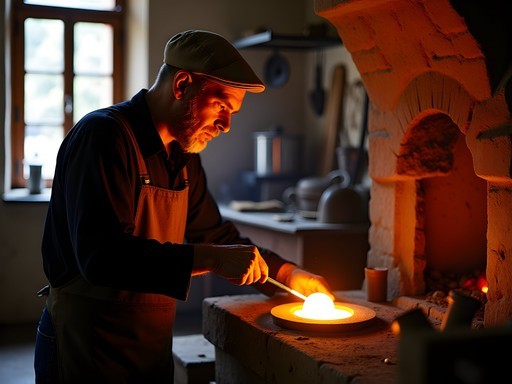
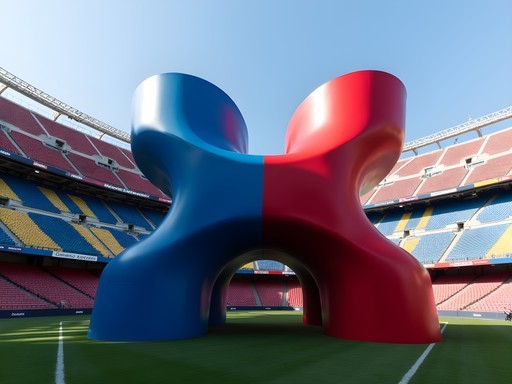
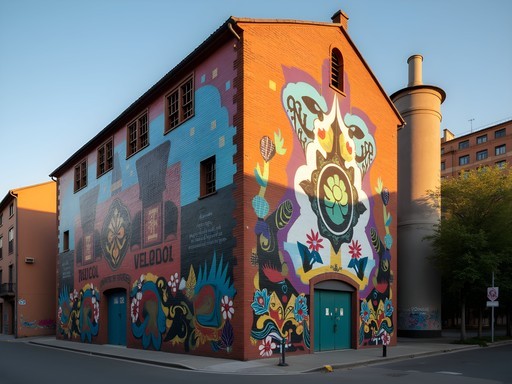
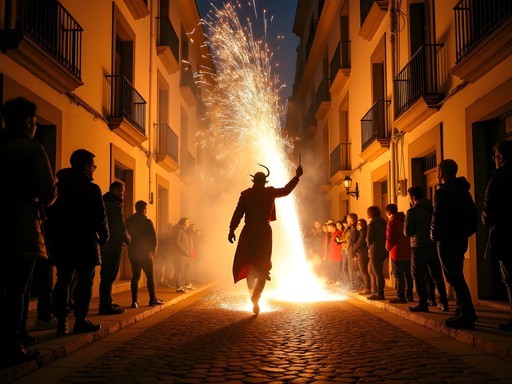


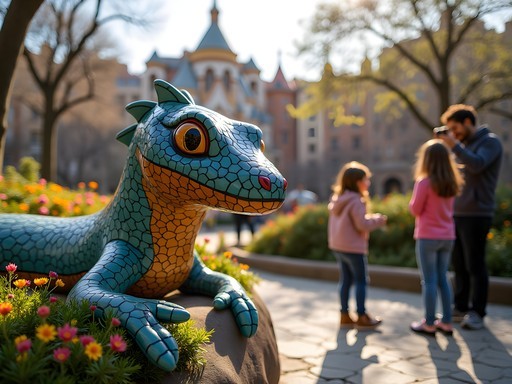

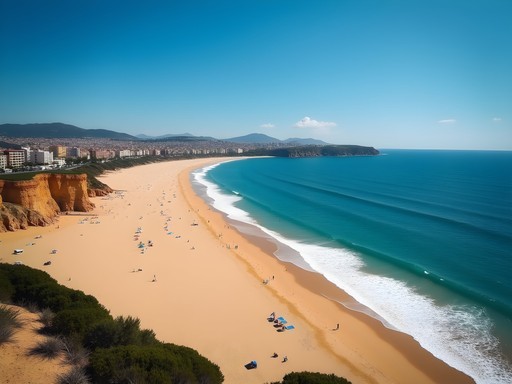
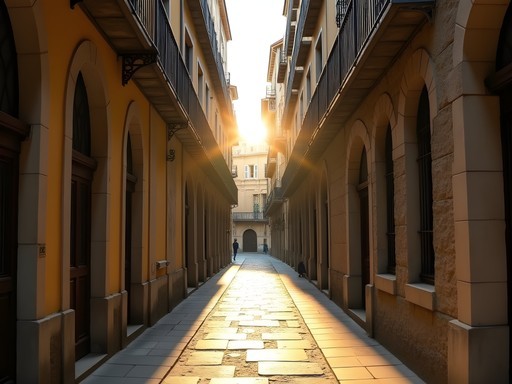
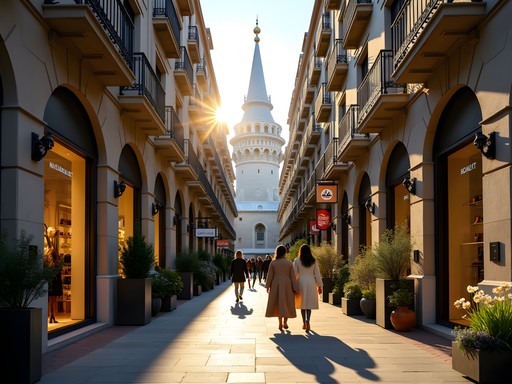



Comments
wandernomad
Did you guys find El Raval safe during the day? Heard mixed things but really want to see the street art scene there.
citymaster
Just got back and it was totally fine during daylight! Stick to the main streets and you'll be good. The MACBA area Ethan mentioned is very open and busy with skaters and tourists.
wandernomad
Perfect, thanks for the quick response! Adding it to my itinerary now.
Claire Hawkins
Ethan, this resonates so much with me! I took my niece (8) and nephew (11) to Barcelona last spring, and we had a similar journey beyond the Gaudí landmarks. Poble Espanyol was their absolute favorite - the artisan workshops where they could watch glassblowers and leatherworkers completely captivated them. We spent hours there! The Gothic Quarter scavenger hunt we created (looking for specific gargoyles and hidden symbols) kept them engaged with the medieval art. One tip for families: the Sunday morning sardana dancing in front of the cathedral is magical - my niece joined right in with the locals! Barcelona has this wonderful way of making art accessible to all ages.
Ethan Parker
Claire, that scavenger hunt idea is brilliant! Wish I'd thought of that for Theo. And you're so right about the sardana dancing - we caught it by accident and it was a highlight!
wildblogger
Love the Camp Nou section! Didn't expect to see it in an art post but you're right - it's cultural expression!
freediver
Right? The museum there is surprisingly good. The historical jerseys are like art pieces themselves!
freediver
Just got back from Barcelona last week and totally agree that there's so much beyond Gaudí! We spent an entire afternoon in the Gothic Quarter following those narrow medieval streets. Found this tiny workshop where an artist was doing traditional Catalan ceramics - my wife ended up buying a beautiful piece. The contrast between those ancient buildings and the contemporary art galleries tucked away in corners was mind-blowing. We used the Barcelona Art Pass which saved us a ton on museum entries.
citymaster
Great post! I'm heading to Barcelona with my kids next month. How kid-friendly was El Raval? Any specific street art spots that would keep teenagers interested?
Ethan Parker
Theo (13) absolutely loved El Raval! Check out the MACBA area - the plaza outside has skateboarders and amazing murals. The side streets between Joaquín Costa and Ferlandina had some fantastic pieces too. Just keep an eye out after dark, as some areas get a bit sketchy.
citymaster
That's perfect, thanks! Will definitely check out those spots.
starrider5322
Would you recommend combining Barcelona with other Spanish cities or is it better to focus just on Barcelona and maybe some day trips? Thinking about Madrid too but don't want to rush things.
Joshua Cooper
If you have less than 10 days, I'd stick to Barcelona with maybe day trips to Montserrat or Girona. Barcelona and Madrid deserve separate trips - they're completely different experiences and both need time. I tried combining them in a week once and regretted rushing through both.
coffeebackpacker5468
Planning a trip to Spain next summer and wondering how many days you'd recommend for Barcelona if we want to see both the Gaudí highlights AND these other artistic areas? Is a week enough? Too much?
Savannah Torres
Not Ethan, but I'd say 4-5 days minimum for Barcelona if you want to explore beyond the main sites. We did a week and it felt just right - enough time to see major attractions but also wander neighborhoods like El Born and Gràcia. The city deserves to be savored!
Ethan Parker
I agree with Savannah - a week is perfect! Gives you time for the big attractions but also those magical wandering days where you discover unexpected gems. Plus you'll want some downtime for long lunches and people-watching at cafes. That's when Barcelona really reveals itself.
skyninja9981
OMG those sunset pics from MNAC are INCREDIBLE!! What camera do you use?? 😍📸
Ethan Parker
Thanks! Just my trusty old Fujifilm X-T3 with the 23mm lens. The Barcelona light does most of the work honestly!
skyninja9981
Thanks! Been thinking about getting into photography. Those colors are unreal!
Joshua Cooper
Your section on Camp Nou as artistic expression really hit home for me. I was there during a match last year, and you're right - it's performance art at its finest! Something I'd add to your artistic tour: check out the Palau de la Música Catalana for a completely different take on Modernisme architecture. It's less known than Gaudí's works but equally stunning. I spent an afternoon sketching the incredible stained glass ceiling there. For those planning a visit, I recommend the guided tour rather than just catching a performance - they take you to areas you'd otherwise miss. I used my pocket sketchbook throughout Barcelona and filled it with inspiration.
tripgal
The Gothic Quarter is magical! Could wander those streets forever.
Venture X
Premium card with 2X miles, $300 travel credit, Priority Pass